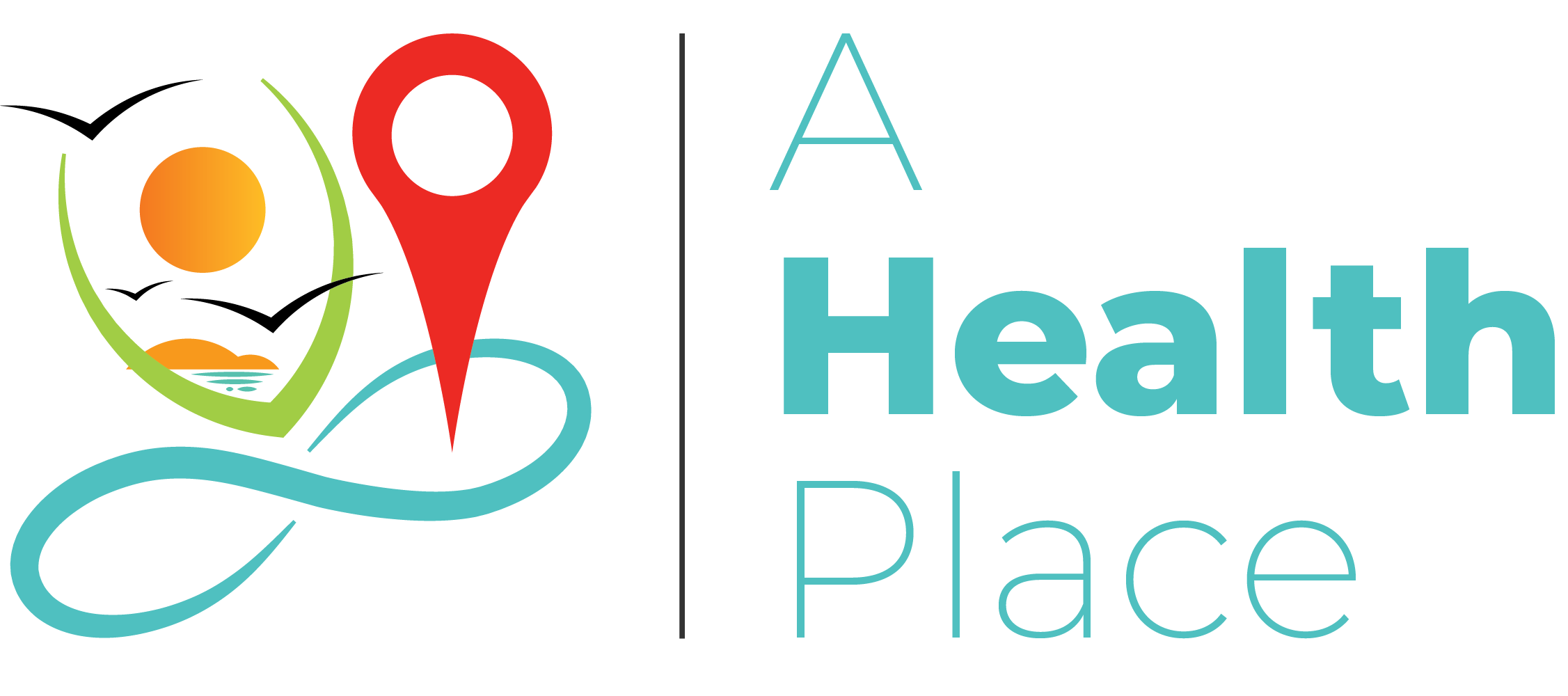Unlocking the Power of Dopamine
Happiness often feels like a fleeting emotion—something that comes and goes without notice. But what if the secret to feeling happier more consistently lies within our brain chemistry? Dopamine, often referred to as the “feel-good neurotransmitter,” plays a crucial role in regulating mood, motivation, and overall sense of well-being. By understanding how dopamine works and learning to optimize its release, you can effectively hack your happiness and improve your quality of life.
Dopamine is not just about pleasure; it’s the chemical that drives reward-seeking behavior, enhances focus, and boosts productivity. From the thrill of accomplishing goals to the satisfaction of small daily wins, dopamine fuels the joy we experience in life. The good news? You don’t need expensive therapies or radical lifestyle changes to harness this power—dopamine optimization can be achieved through practical, everyday habits.
What is Dopamine and Why Does it Matter?
Dopamine is a neurotransmitter that acts as a chemical messenger between neurons in the brain. It plays a vital role in mood regulation, learning, memory, and motor control. When dopamine levels are balanced, we feel motivated, happy, and focused. On the flip side, low dopamine can lead to feelings of apathy, fatigue, and even depression.
Fact: Research from Harvard Medical School shows that individuals with higher levels of naturally produced dopamine tend to experience greater satisfaction and resilience in life. This highlights the direct connection between dopamine and emotional well-being.
Signs of Dopamine Deficiency
Recognizing the signs of low dopamine is the first step in addressing imbalances. Symptoms often include:
- Lack of motivation
- Persistent fatigue
- Difficulty concentrating
- Feelings of sadness or hopelessness
- Cravings for sugar or unhealthy foods
- Reduced interest in hobbies or socializing
If any of these resonate with you, optimizing dopamine production could be a valuable tool in enhancing your daily happiness.
Natural Ways to Boost Dopamine Levels
1. Exercise Regularly
Physical activity is one of the most effective ways to stimulate dopamine production. Engaging in aerobic exercises such as running, swimming, or cycling boosts dopamine release, improving both physical and mental health.
Example: A 2018 study published in the Journal of Neuroscience found that participants who exercised for 30 minutes, three times a week, reported a 20% increase in dopamine-related mood improvements.
2. Prioritize Sleep
Lack of sleep disrupts the body’s ability to produce dopamine. Aim for 7-9 hours of quality rest each night to allow the brain to reset and replenish neurotransmitters.
Tip: Creating a consistent sleep routine—going to bed and waking up at the same time—can significantly improve dopamine function.
3. Eat Dopamine-Boosting Foods
Certain foods are known to promote dopamine production. These include:
- Bananas: Rich in tyrosine, a precursor to dopamine.
- Almonds and Eggs: Provide essential amino acids and antioxidants.
- Dark Chocolate: Contains flavonoids that increase dopamine levels.
A diet rich in whole, unprocessed foods supports not only dopamine production but overall brain health.
4. Practice Gratitude and Meditation
Gratitude and mindfulness practices can activate brain regions associated with dopamine release. Regularly reflecting on positive experiences rewires the brain for happiness.
Example: In a study conducted by UCLA, participants who kept a gratitude journal for 8 weeks showed a 10% boost in dopamine and reported lower stress levels.
The Dopamine-Driven Reward System
The brain’s reward system is heavily influenced by dopamine. Every time you achieve something—whether it’s completing a project, learning a new skill, or hitting a personal milestone—dopamine surges, reinforcing the behavior. This is why setting and achieving small goals can lead to sustained happiness.
Tip: Break large goals into smaller tasks to trigger continuous dopamine release and stay motivated.
Avoiding Dopamine Overload
While optimizing dopamine can boost happiness, overstimulation can lead to burnout and addictive behaviors. Social media, junk food, and excessive gaming are known to flood the brain with dopamine, creating short-term highs followed by inevitable crashes.
Fact: A 2021 study from Stanford University revealed that individuals who engage in frequent social media use show dopamine patterns similar to those observed in substance addiction.
To prevent overstimulation:
- Limit screen time
- Engage in offline hobbies
- Practice digital detoxes
The Role of Sunlight and Nature
Exposure to natural light increases dopamine production and enhances mood. Spending time outdoors, especially in the morning, helps regulate circadian rhythms and supports mental well-being.
Example: Researchers from the University of Vermont found that individuals who spent 15 minutes in natural sunlight experienced a 12% increase in dopamine levels.
Social Connections and Dopamine
Interacting with friends, family, and loved ones naturally stimulates dopamine release. Positive social interactions create feelings of belonging and boost mood.
Tip: Make time for regular social activities, even if it’s just a quick call or coffee with a friend. Social bonds are essential for long-term happiness.
Dopamine and Music
Listening to your favorite music is a simple yet powerful way to enhance dopamine levels. Music activates the brain’s pleasure centers, providing an instant mood lift.
Example: A McGill University study showed that participants who listened to music they enjoyed experienced a 9% increase in dopamine release.
Creating a Dopamine-Optimized Lifestyle
Dopamine optimization isn’t about drastic changes—it’s about small, consistent habits that support brain health. Incorporate the following into your daily routine:
- Set and celebrate small goals
- Exercise regularly
- Eat nutrient-dense foods
- Spend time in nature
- Foster social connections
- Practice gratitude
Dopamine optimization extends beyond personal well-being and can significantly influence professional environments and communities. Organizations that implement wellness programs focusing on physical activity, meditation, and employee recognition report higher engagement and job satisfaction. Dopamine-driven reward systems, such as celebrating small wins, help boost morale and foster a sense of accomplishment, which directly translates into productivity and creativity.
In educational settings, promoting dopamine-friendly practices such as encouraging physical exercise, music, and interactive learning creates a stimulating environment that enhances focus and retention. Students are more likely to excel when positive reinforcement strategies are implemented, reinforcing the idea that dopamine plays a critical role in motivation and performance.
Communities that prioritize social bonding and group activities also benefit from the collective dopamine boost. Social interactions, volunteering, and participating in communal events lead to elevated happiness levels, reducing instances of loneliness and depression. This collective approach not only improves individual well-being but strengthens the social fabric at large.
The Journey to Lasting Happiness
Hacking happiness through dopamine optimization is both science and art, blending neuroscience with daily habits to enhance well-being. Dopamine influences how we experience joy, motivation, and emotional resilience. By understanding its role, we unlock the power to shape our moods and behaviors intentionally.
Simple yet impactful changes—like regular exercise, nutrient-rich diets, and nurturing social bonds—play a pivotal role in maintaining healthy dopamine levels. Practicing gratitude and setting achievable goals creates a positive feedback loop that boosts mental health.
In a fast-paced world, where stress often dominates, learning to optimize dopamine provides not only relief but also lasting happiness. It serves as a reminder that joy isn’t distant but exists in our routines and daily choices. By embracing small, consistent practices, we cultivate a life of fulfillment and balance, ensuring that happiness becomes a habit, not a fleeting moment.
Want to learn more about boosting mental health naturally? Subscribe to our monthly magazine for more tips on brain health, wellness, and happiness optimization.









